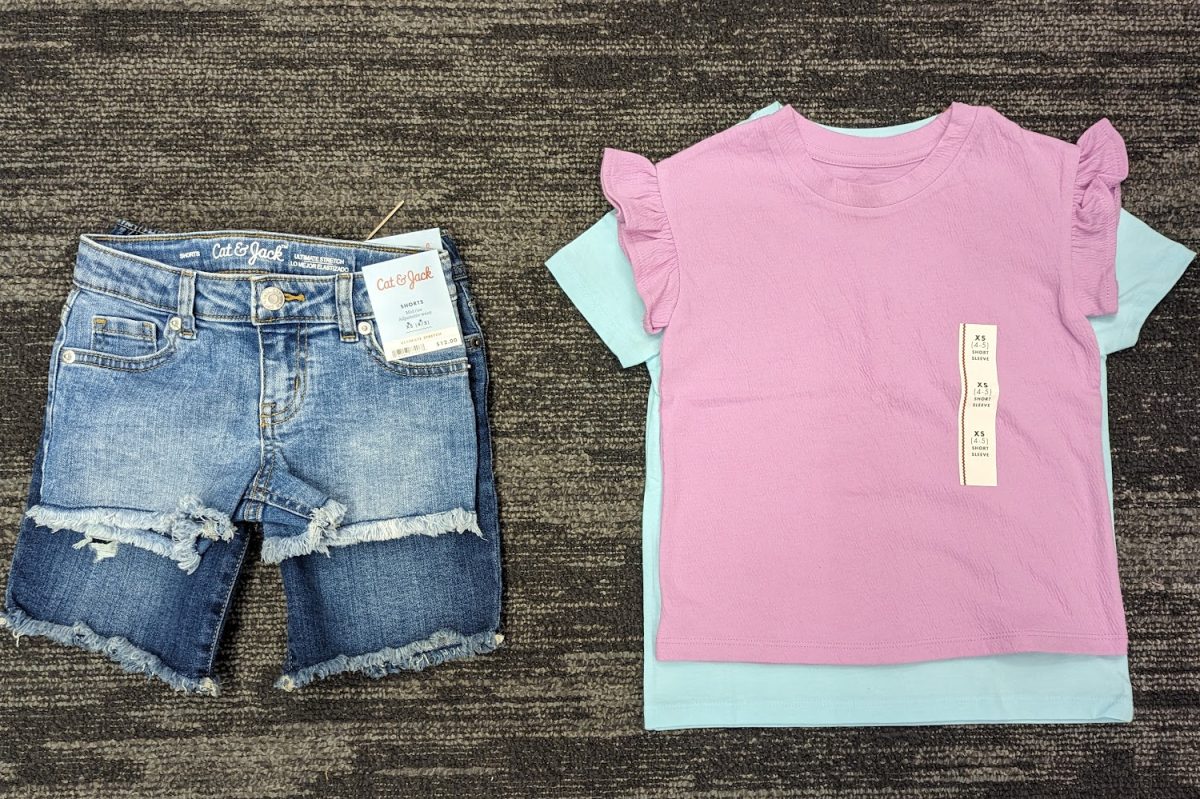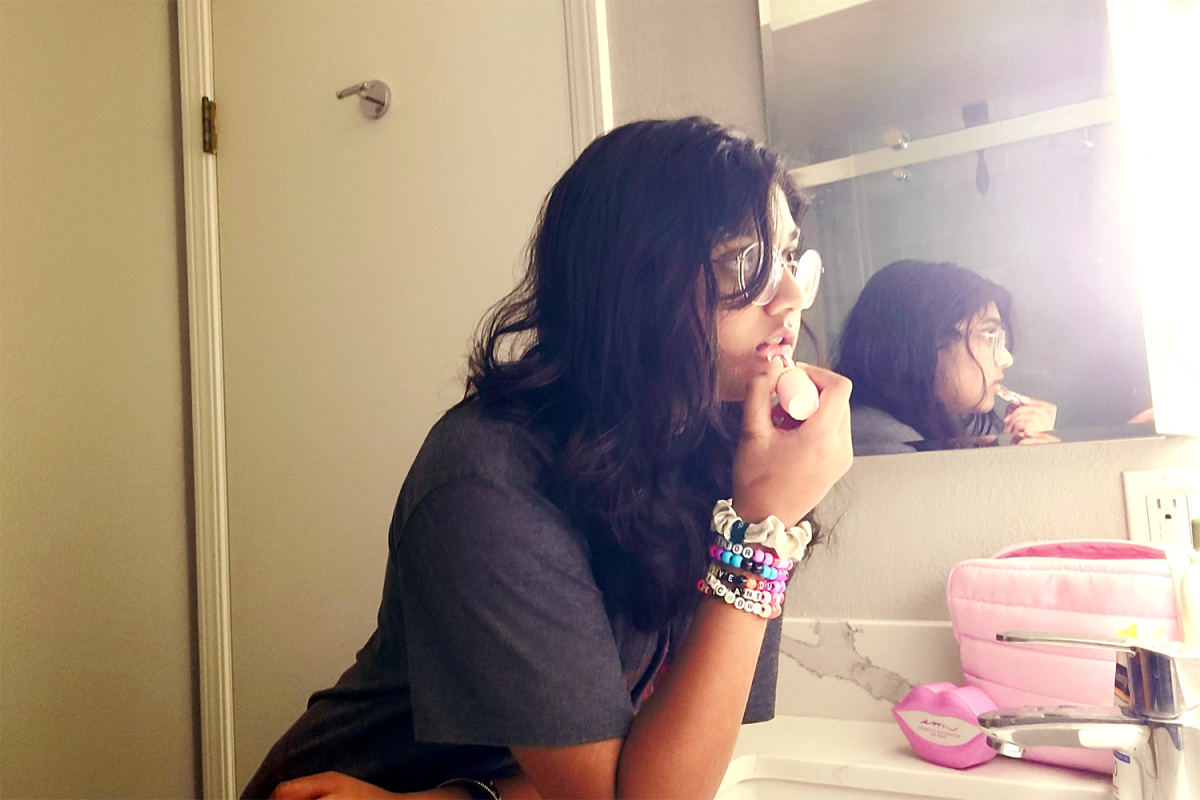The inseam of a typical toddler girl’s pair of shorts is an average of 4-6 inches shorter than for boys, according to Girls Will Be, a girl’s clothing brand aiming to reduce gender stereotypes in clothing.
According to a study from the National Library of Medicine, girls’ and boys’ bodies are extremely similar and develop virtually the same until puberty, so why is there such a difference in clothing?
Starting from a young age, girls’ clothing tends to be more revealing, with shorter inseams and crop tops, while most boys’ clothes are designed as activewear.
This disparity in clothing design perpetuates drastically different messages for girls and boys: girls are meant to look pretty or prioritize appearance, while boys are intended to be active.
The focus on combatting gender roles is not a new discussion. Still, it is imperative to continue to change the narrative being pushed on young girls that their bodies are the foremost important thing about them.
While toddlers do not understand the meaning behind the inseam of their shorts or the revealing nature of shirt options, the fact that these are options reflects societal norms and values that will follow them later in life.
They can also be seen in the different shirts available to babies and toddlers; there are many popular shirts with funny slogans that parents love to purchase for their children, but sometimes the message behind them is highly damaging.
Common slogans on shirts, such as ‘Future trophy wife,’ ‘Too pretty for math,’ or ‘Shopping is my cardio,’ contribute to this harmful narrative, perpetuating stereotypes that girls are not meant to work jobs when they are older, or that they aren’t smart enough for school topics.
This is incredibly damaging, leading to the internalization of many negative ideas that will follow them into adulthood. Even though some people argue that they are just silly shirts, the messages behind them are still important to consider.
Women make up approximately 50% of the world’s population, and they cannot be confined to certain stereotypes; they have many different interests and should be encouraged to pursue these.
Young girls should be able to wear any style of clothes and not have to shop in the boys section to find something they want. They should not be limited; girls shouldn’t only have to wear short shorts and pink and frills, nor should they only have to wear Bermuda style shorts and darker colors.
Girls deserve the freedom to choose clothing reflecting their individuality and personality, not what societal norms dictate they should wear.












